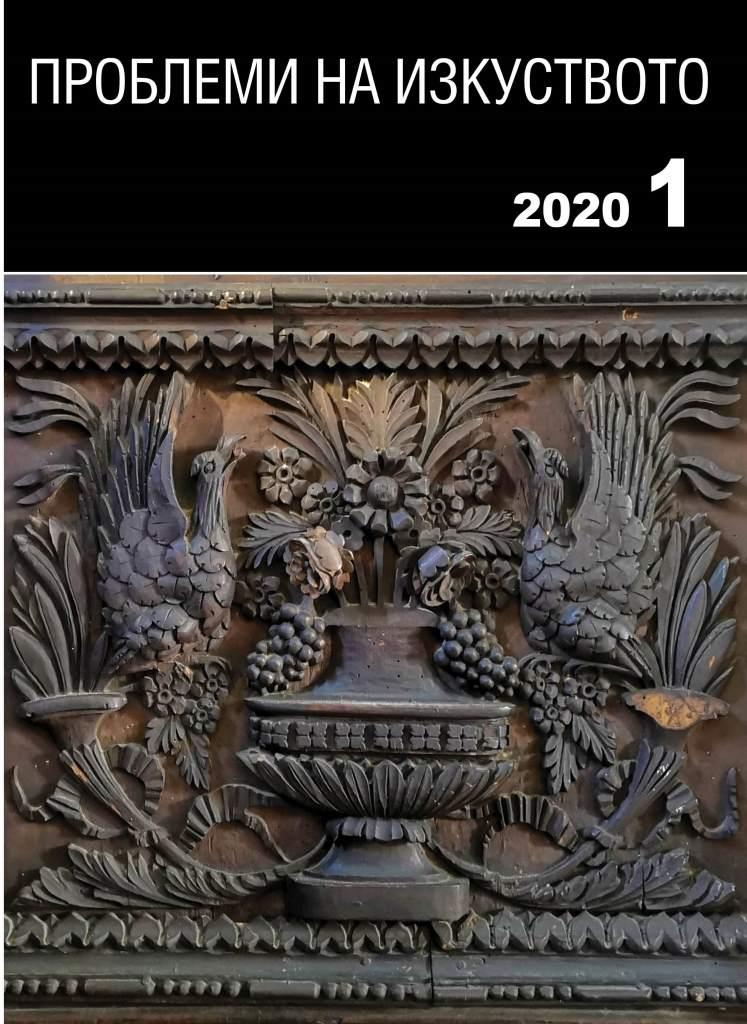Примери за съвместно съществуване – ислямски мотиви в оформлението на ръкописната книга на Балканите през XVII-XIX век
Examples of coexistence: Islamic motifs in decorative scheme of the manuscript book on the Balkans during the 17th – 19th centuries
Author(s): Nona PetkovaSubject(s): History, Fine Arts / Performing Arts, Cultural history, Ancient World, History of Art
Published by: Институт за изследване на изкуствата, Българска академия на науките
Summary/Abstract: In the Slavonic and Greek manuscript collections of the National Library “Sts. Cyril and Methodius” in Sofia can be found an interesting group of manuscripts with decorative scheme that is partially influenced by the Arabographic tradition. These codices are created to be used by the Christian Orthodox and Catholic communities on the Balkans between mid-17th century and mid-19th century. Regardless of the contents, these are manuscripts influenced by the Islamic Art in which we can see, although sometimes significantly changed, some of the typical vegetative and floral motifs like tulips and carnations and specific stylization of the ornaments. In the period from which these examples are taken the Christian inhabitants of the Balkans were already part of the Ottoman Empire and kept daily contact with Ottoman culture. This further facilitated the introduction of some new tendencies in the Christian artistic production in the 16th and 17th centuries. The process of “orientalization” is not a phenomenon, limited to a single sphere. It can be observed not only in the decorative scheme of the manuscripts, but also in the liturgical vessels and textiles, icons, etc. The article discusses Islamic motifs in the ornamented bindings of two manuscripts: Paulician Collection, written in modern Bulgarian with Latin letters by the Catholic priest Petar Tsarski in 1793(NBKM 1423), and Greek Language Textbook made by Zachary Christodulov from Haskovo in 1849 (NBKM 383). In terms of execution these bindings not only resemble the Islamic bindings, but probably are made by Ottoman binders. This paper also presents the Islamic influences in the illumination of two Greek manuscripts: Euchologion from the 17th and 18th c., Musical-liturgical Collection from the beginning of the 19th c. Some of the initial letters in these works are decorated with floral motifs – cups of tulips, carnation blossoms, etc., stylized in the spirit of Ottoman aesthetics. In this paper we also discuss the extraordinary illumination of the Greek language textbook (1849) and specially its impressive title page, executed entirely according to the Arabographic tradition with series of inserted in each other golden frames and ’unwan. The ornamentation of this page is made by Ottoman illuminator. The textbook is designed and made as a precious gift from the teacher in Greek and OttomanTurkish Zachary Christodulov for his future wife. It is an extraordinary manifestation of personal emotions and admiration toward two big cultural traditions in the Balkans.
Journal: Проблеми на изкуството
- Issue Year: 2020
- Issue No: 1
- Page Range: 11-18
- Page Count: 8
- Language: English, Bulgarian
- Content File-PDF

